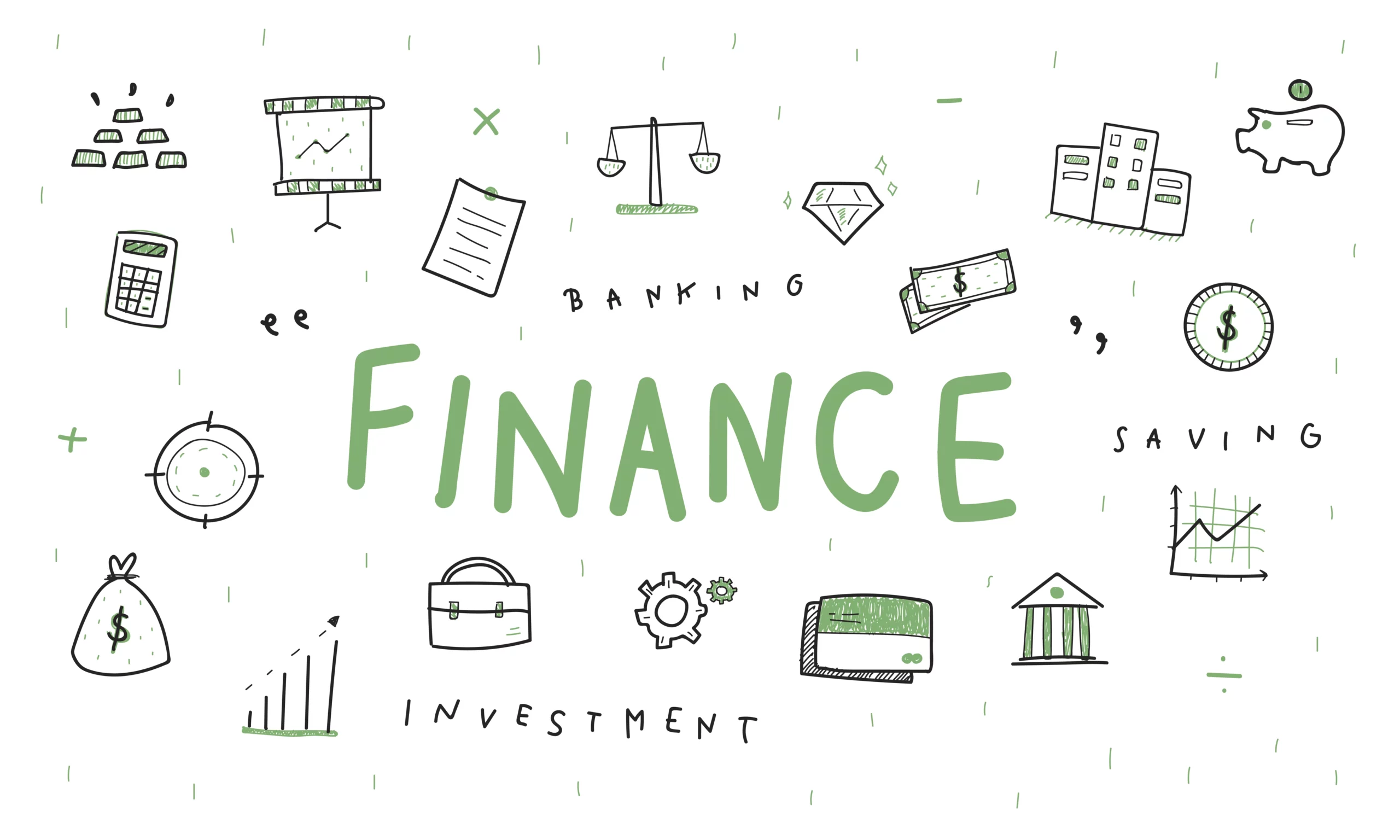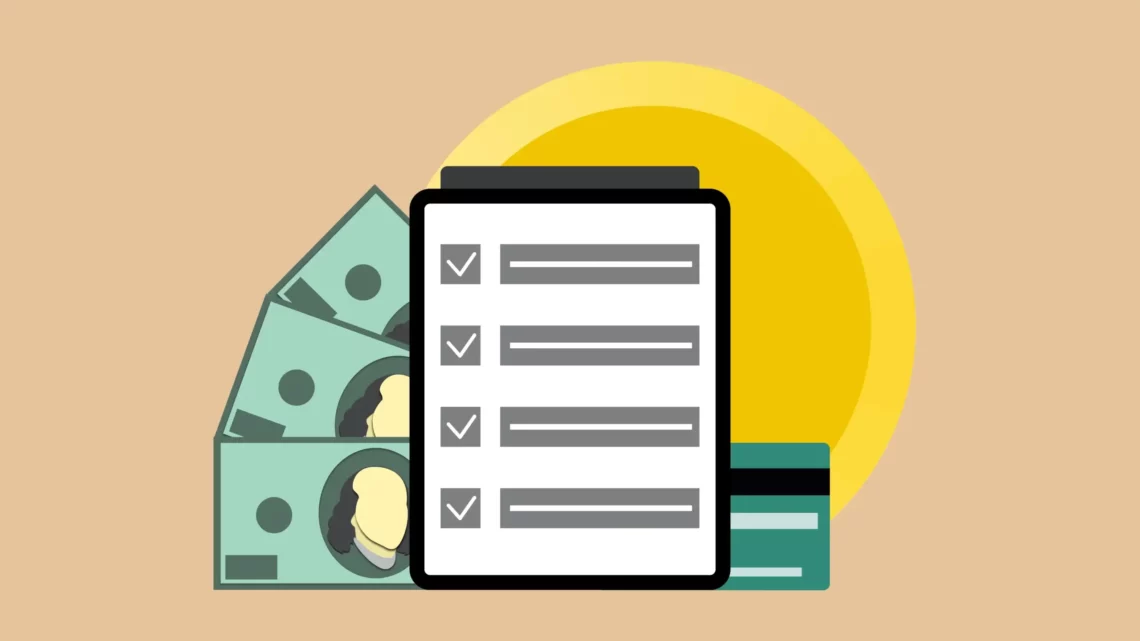Business expense management is a tough nut to crack for finance teams, especially if the organisation has many employees. Allotting expense categories to different spending enables structure and helps simplify the spending management process.
Expense categories make the organisation, tracking and analysis of expenditures easier. They not only help finance officers make informed decisions but also save them a lot of trouble during the tax season.
What Are Expense Categories
Expenses can be divided into broad categories like operating expenses, non-operating expenses, cost of goods sold etc.,
These categories may sometimes have overlapping subcategories. It is hence essential for finance officers to specify organisation-based expense categories and subcategories before starting the process of expense reporting.
Different Types of Expense Categories
Operating expenses
Operating expenses are all the payments made to enable the organisation’s day-to-day operations. They are not related to the manufacturing and development of the final products. A few common categories of operating expenses are listed below.
Here is a detailed guide on operating expenses.
-
Selling expenses
All the expenses that enable the final sale of the company’s offerings are selling expenses. They include advertising, promotions, event costs, content development, design, branding, public relations, distribution, marketing, salaries of sales professionals etc.
Learn how to calculate selling expenses here.
-
Office expenses
These expenses enable the everyday operations of the organisation. Office rent, furniture costs, maintenance, utilities, office supplies and property taxes and other related expenditures are all office expenses.
-
Travel expenses
All travel facilitating business operations or sales of the product or service are classified as operating expenses. This includes flight tickets, hotel reservations, meals, car rentals etc.
Related reads: How to manage travel expenses in an organization?
-
Compensation
The salaries and compensation of all the employees who do not directly participate in producing or delivering products or services come under operating expenses.
-
Legal and professional fees
Professional fees include the cost of paying various professionals like financial planners, accountants, lawyers etc. All professional fees that cater to the benefit of the business are an operating expense.
Non-operating expenses
All costs that do not facilitate an organisation’s basic, day-to-day functioning are non-operating expenses. These expenses also do not include the cost of developing the product or delivering the services. They are usually non-recurring that may or may not affect the revenue. Some common non-operating expenses are-
-
Interest, debt and other expenses
Non-operating expenses include all interests paid on loans, corporate credit cards, ongoing credit lines etc. Any overdraft fee, insufficient funds fee, debt etc., are also non-operating expenses.
-
Restructuring costs
Restructuring cost is a non-recurring one-off expense that an organisation incurs while restructuring its operations. Businesses may need restructuring after lay-offs while changing locations or production or closing manufacturing units or offices.
-
Damages caused by disasters
All the losses incurred due to property damage caused by natural disasters are non-operating expenses.
-
Inventory write-offs
When a portion of business inventory suffers damage, theft, becomes obsolete or loses value, it is written off and cannot be used to produce revenue. These write-offs cause losses to the business, categorised as non-operating expenses.
-
Lawsuit settlements
Lawsuit settlements are the money businesses spend to pay a conflicting party to meet a legal obligation before or after court action. Unlike legal fees, lawsuit settlements are classified as non-operating expenses.

Cost of goods sold
Cost of Goods Sold or COGS is the total direct cost of producing or delivering goods. It relates to the revenue earned by the company. COGS is the expense category used to find the company’s gross profit. Here are the expenses.
-
Direct materials and labour costs
Manufacturing includes the costs incurred in the procurement of raw materials, equipment used to develop the products and wages of the employees directly involved with the production of the final product or the delivery of the services.
-
Factory overhead
Factory overhead costs are the expenses that are related to manufacturing but are not directly related to the procurement of raw materials or labour.
-
Packaging and storage and other costs
The costs of packaging the product and storing inventory are also classified as costs of goods sold. Other COGS includes freight-in costs, purchase returns and allowances, resale purchases, trade and cash discounts, etc.
Benefits of Categorising Expenses
-
Easier to set budgets
Categorising expenses refines business expense reports and provides clear insights into the spending and the return on investment for various categories. The finance team can consider this information before setting budgets and use it to optimise their resource allocation process.
-
Easier to analyse spending habits
The best thing about categorising expenses is that it makes the analysis of employee spending activities easy. Expense categories help you learn how different departments manage their costs and which resources are underutilised and overspent.
-
Tax deductions
Several expenses can qualify for tax deductions. Various expenses like interest on loans, debts, insurance costs, rent payments, and even travel costs are tax deductible in different capacities. These are just a few examples, and the list for tax-deduction eligible expenses is quite long.
Recording, tracking and organising expenses according to specific categories helps you account for all the costs you can file as tax deductions.![]()
Suggested read: Discretionary Expenses: Definition, Types, and Budgeting
Happay Simplifies Expense Management
Happay offers end-to-end expense management solutions for businesses. It helps the finance officers control costs, automate expense policy compliance, fast-track reports, and get real-time insights into purchases.
Expense management has never been more hassle-free. Schedule a demo with the Happay team to learn more about the product.



Discussion about this post